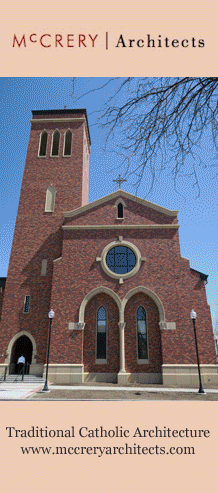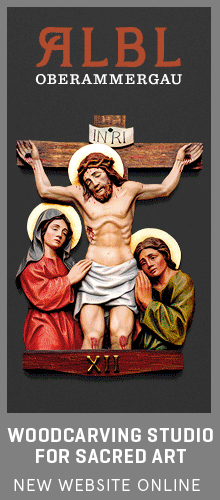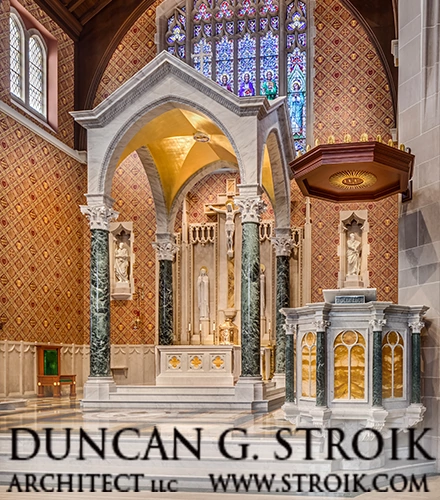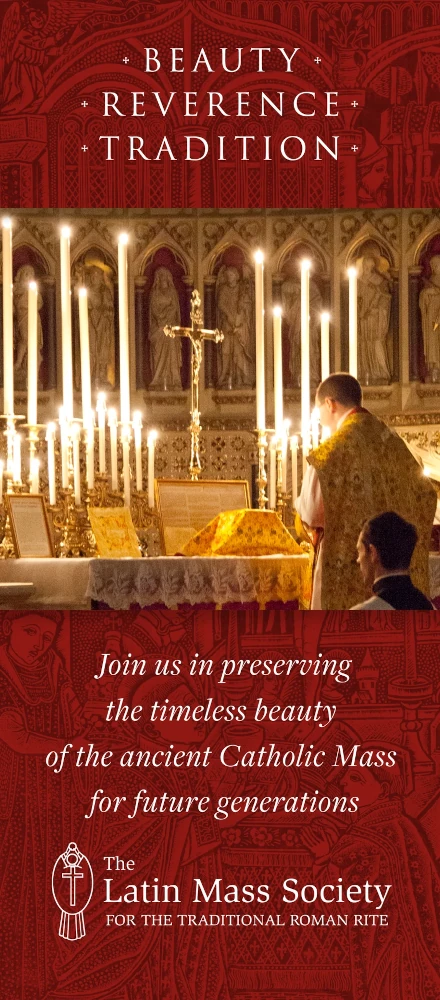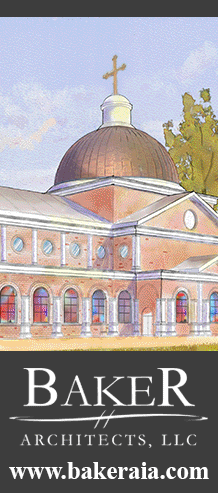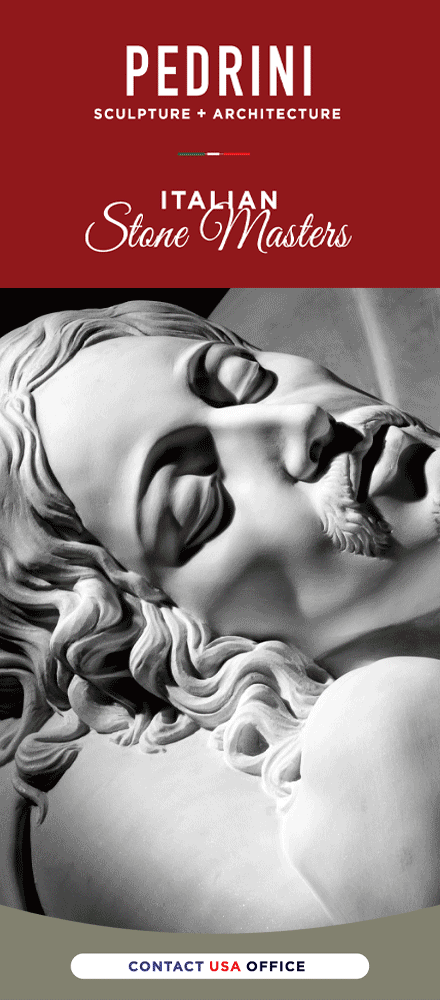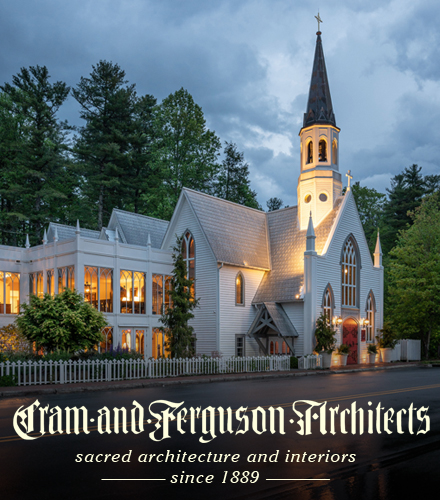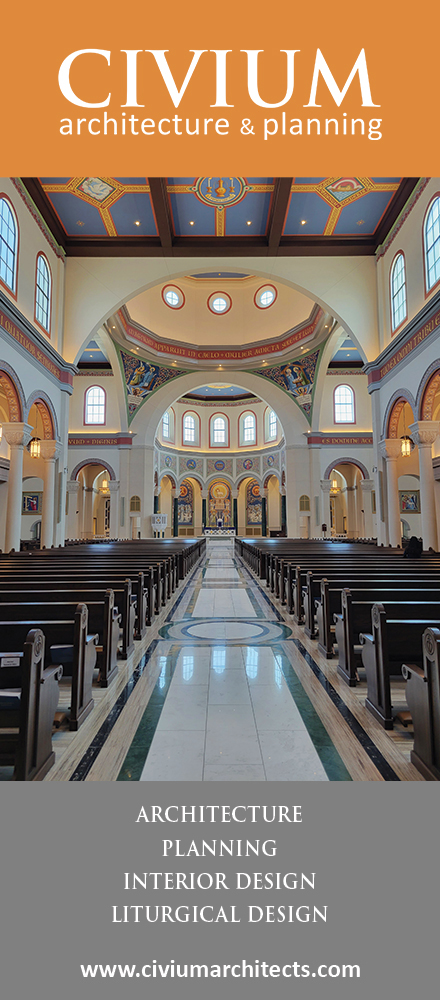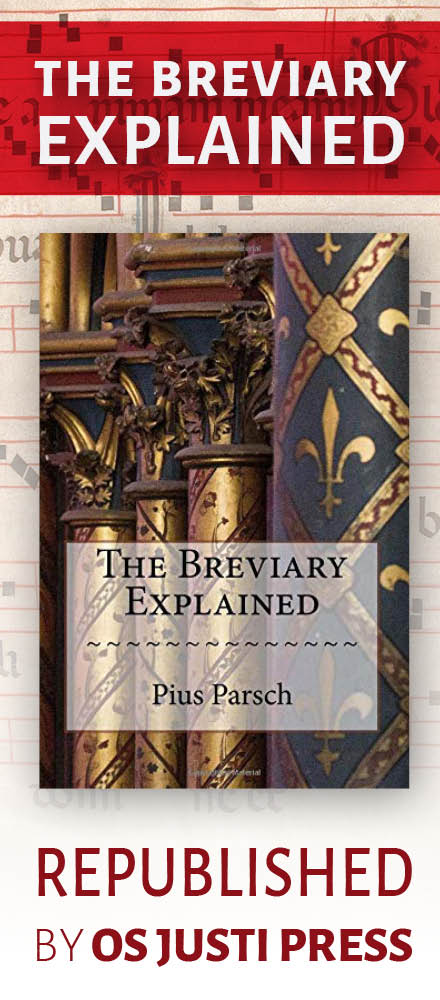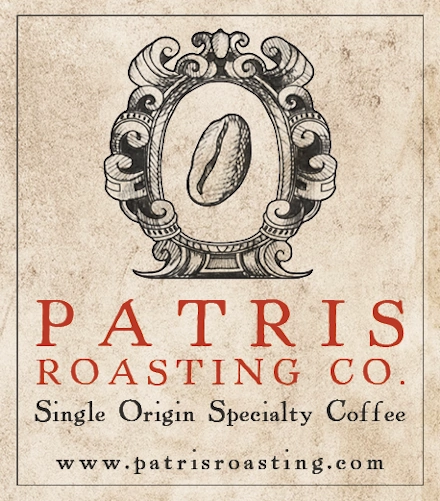The NLM would like to make an appeal to our readership and to other bloggers to spread this appeal as well.
We recently have shown you some of the very first images and video from the new personal parish in Rome for the usus antiquior which is under the stewardship of the Priestly Fraternity of St. Peter. (Incidentally, more photos can be seen here.)
The parish is in good hands: people who care about the liturgy, the tradition and with a specific sensitivity to Romanitas; toward the liturgical traditions and customs of Rome.
The new parish has come with many benefits. It comes with important sacred art, that of the renaissance artist Guido Reni. It comes with sacristies filled with beautiful liturgical items such as candelabra, candlesticks, reliquaries and the like.
Here is a view of the sacristy of Santissma Trinita:
(One can see the altar where the Bishop would vest)
Inclusive in this was a series of vestments, some of which date from the 17th century and were evidently made custom for the parish. This first vestment, for instance, bears a reproduction of the Guido Reni Trinity found above the high altar:
A selection of some of the other vestments found in the vestment drawers:
For liturgical interest, I know some of our readers will be interested in seeing one of the set of "folded" (or cut) chasubles that Ss. Trinita owns. For those who aren't familiar, at one time (up until very recent pre-conciliar times in fact, during the pontificate of John XXIII) instead of the dalmatic and tunicle being worn during penitential season of Lent (excluding Laetare Sunday from what I understand), the deacon and subdeacon wore a "folded chasuble" where the front was folded up in half. In other cases, they were simply cut away as you see here:
In the sacristy as well can be found such liturgical rarities as the buskins that were worn by bishops during Pontifical Mass, as well as a series of altar frontals.
But with all these benefits that come with the new Roman parish also comes responsibility.
What Help is Needed?
One might wonder why the new Roman personal parish would need our assistance. After all, it looks as though they are pretty well stocked.
They are indeed, but many of these items are quite old and in need of restoration and preservation. While the pictures show vestments that are still usable, a number of the vestments are in need of significant cleaning and restoration.
Close-ups from two of the vestments shown above will tell a part of the story:
One can see the threading that is occuring here. As I have noted, some of these vestments are not simply beautiful historical treasures, they were also made specific to Ss. Trinita.
Aside from these vestment restorations and general cleaning that is needed, eventually the exterior of the church will need to be cleaned.
Moreover, the eight side altars all need new candles and the pipe organ is likewise in need of restoration so that it will even work.
I am certain more could be listed, but these are what strike me off-hand.
To that end, I want to encourage our readership and parish priests who wish to help support the major Roman apostolate for the usus antiquior to consider making a donation to the parish and to keep this apostolate in mind from henceforward. (Information on donating will be at the bottom of this post.)
Why We Should Help Support the Roman Personal Parish?
With so many places starting up or in need of continued support it might be asked why we should consider supporting the Roman parish?
First, let it be clear that I am not speaking here about not donating to your own local apostolates. People should indeed continue to do so and should also help support those initiatives in substantial ways as well.
But what we are talking about here are additional donations, be they "one-off" donations, or otherwise. But again, why should we consider doing so? Is it not better to simply support local initiatives?
The Roman apostolate is a particularly important one precisely because it sits at the very heart and centre of the Church: Rome. While secular people like to say that "what goes on in Vegas stays in Vegas", Catholic people well know that what goes on in Rome, spreads outside Rome and sets the tone. It behooves us all then to foster and encourage developments like these in Rome.
In view of that, it is not only important for Romans to support the new parish by their presence, it is also fitting that we who support the motu proprio and growth of availability of the usus antiquior also support the Roman apostolate in whatever ways and means we can.
The Roman apostolate is active and yet still small and growing -- perhaps necessitated by the small size of San Gregorio. At the same time, they have been handed a major responsibility in being given this historical, sizeable parish church. Let us help them then, particularly as they get established, for in so doing we are also helping ourselves and the broader "new liturgical movement".
It is important that this Roman parish be a success and also an exemplar and witness to all things liturgical, not only for an "evangelical" sake of promoting the motu proprio, but also because of how many priests and seminarians come through it from various parts of the world and will look to it, be formed by it, or have their impressions set by it.
We need this apostolate, above all apostolates, to be a success and in many regards, I believe it has now become the single most important, and no doubt most-watched, apostolate dedicated to the usus antiquior.
I am Convinced: So How Can I Donate?
Some may wish to consider the Roman parish as part of their estate considerations of course, and if so, I would recommend you contact Fr. Kramer by his email address below to discuss this.
For those interested in smaller, more typical donations, here are various methods to consider:
Paypal:
Bank Transfer: See Donation Page
For more information:
Telephone: 0039 06 68192286
Email: joseph.kramer@fssp-roma.org


